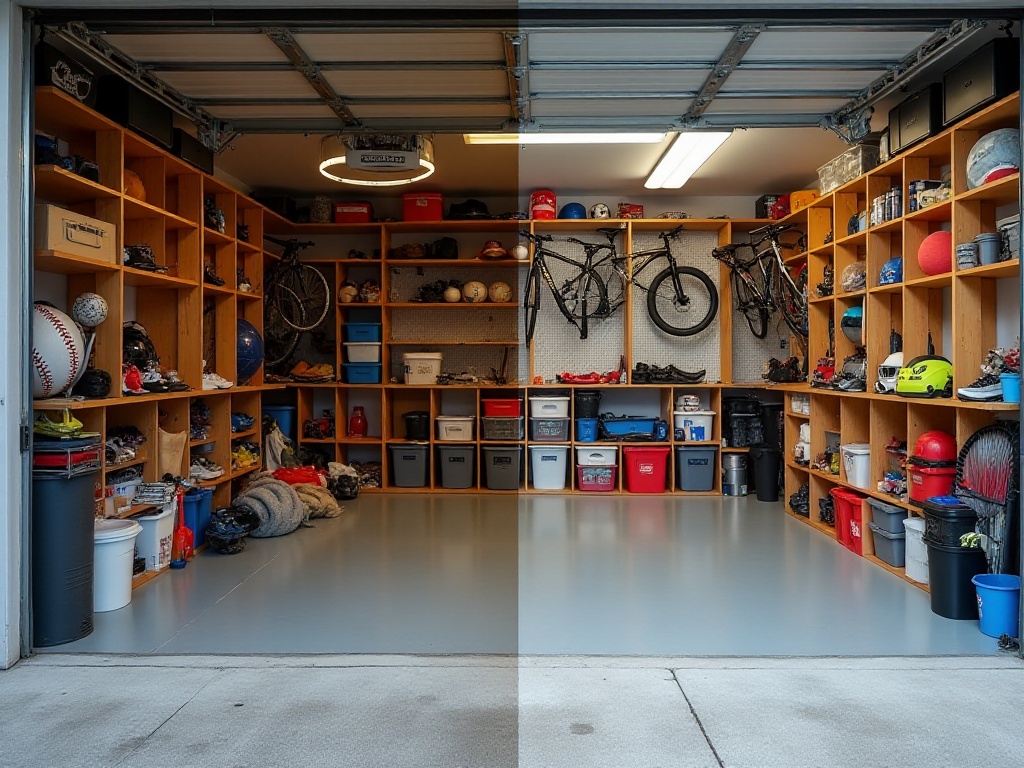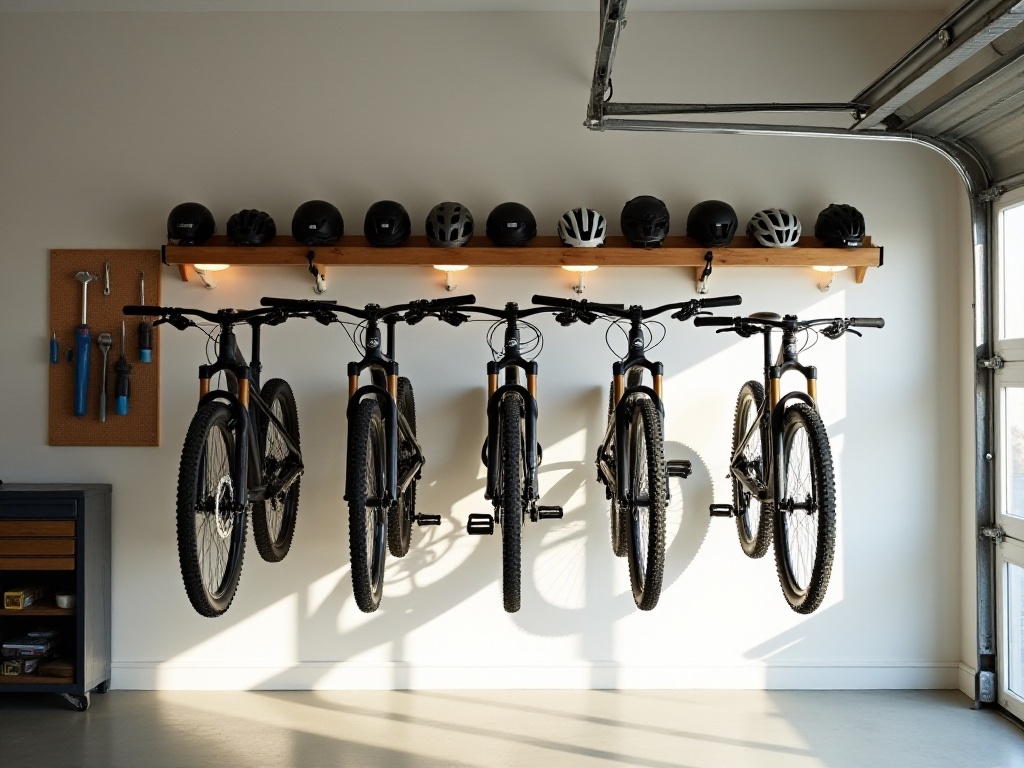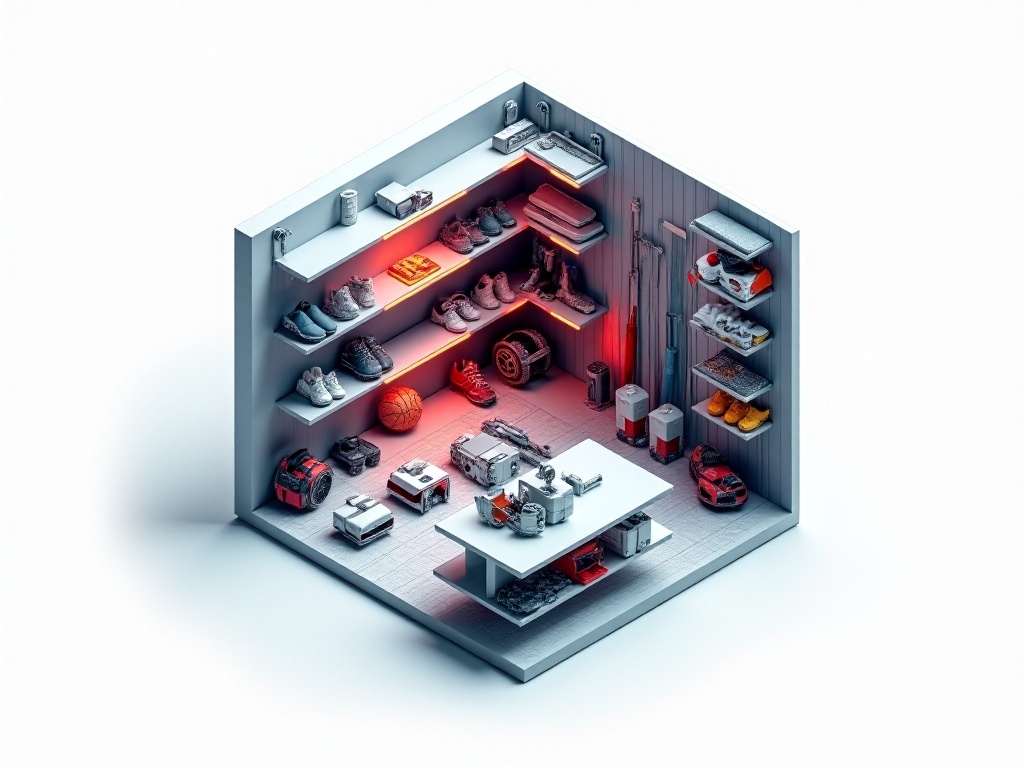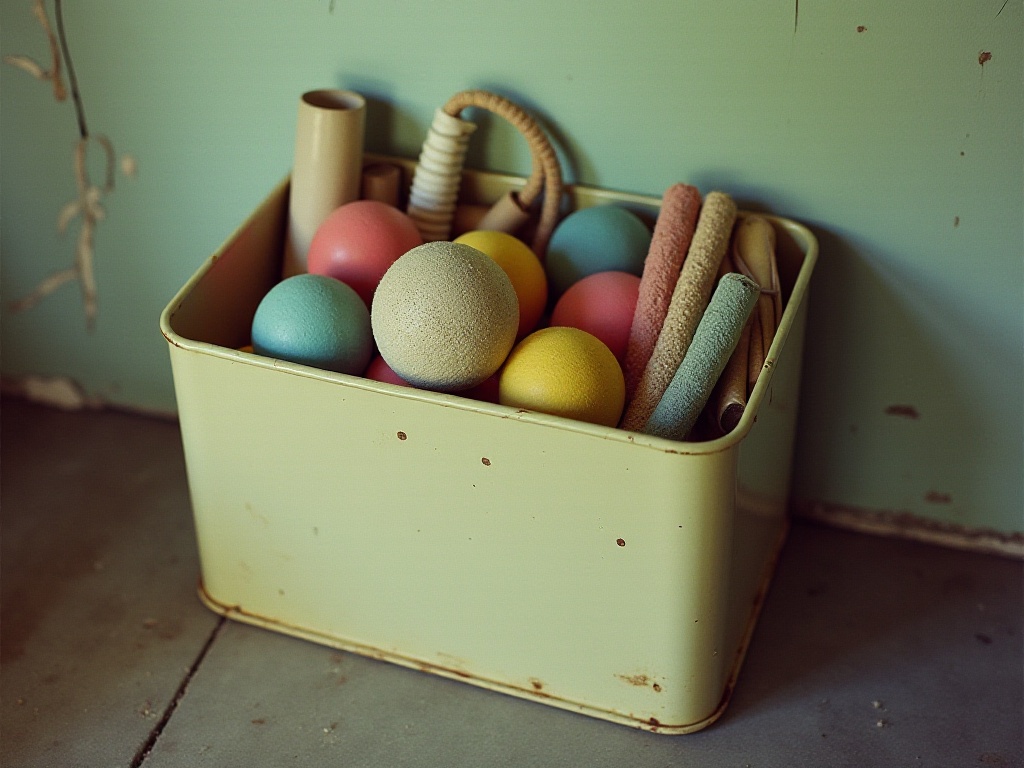Introduction
After moving into my new home, I was overwhelmed by all the sports equipment! Tennis rackets, yoga mats, jump ropes, dumbbells - these various pieces of sports gear had turned my room into a sporting goods store. Seeing them scattered around different corners of the room always gave me a headache. However, after some research and practice, I finally found an excellent storage solution. Today, I'll share my experience and teach everyone the most scientific and practical methods for organizing sports equipment to keep your home neat while maintaining easy access.
Storage Principles
When it comes to storage, I've noticed many friends fall into a common trap: their first reaction to mess is "buy storage boxes"! They buy all sorts of storage boxes in different sizes and colors, filling their homes, but end up creating more chaos instead of organizing. Actually, reasonable storage should first consider frequency of use.
Take me for example - I use my yoga mat for exercise every day, but my skis might only be used once or twice a year. Storing equipment with such different usage frequencies together would just create problems for myself, right? So now I organize everything based on frequency of use.
I've divided all sports equipment into three categories: first are daily essentials that I use every day, like my running shoes, yoga mat, and workout clothes; second are seasonal items, such as summer swimming gear and winter skiing equipment; third are backup items or rarely used equipment.
After this categorization, I assigned different storage locations for each category. Daily essentials are kept within easy reach, seasonal equipment is stored based on the current season, and rarely used items go into the storage room. This way, everything is not only easily accessible but also keeps the room tidy.
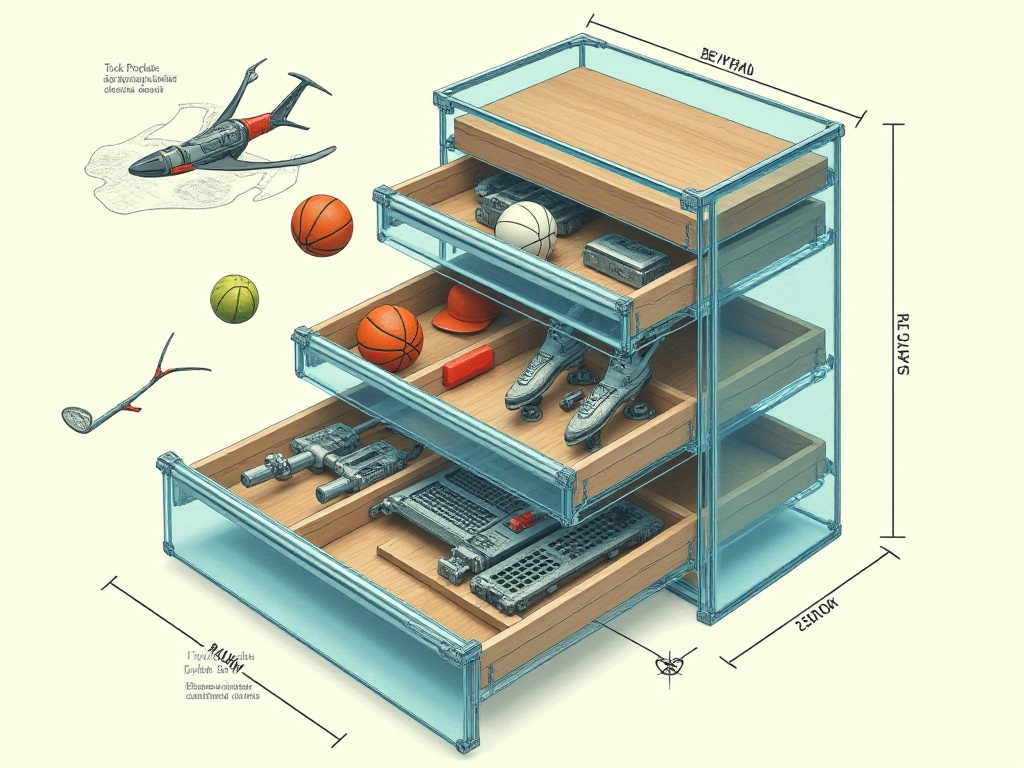
Mobile Solutions
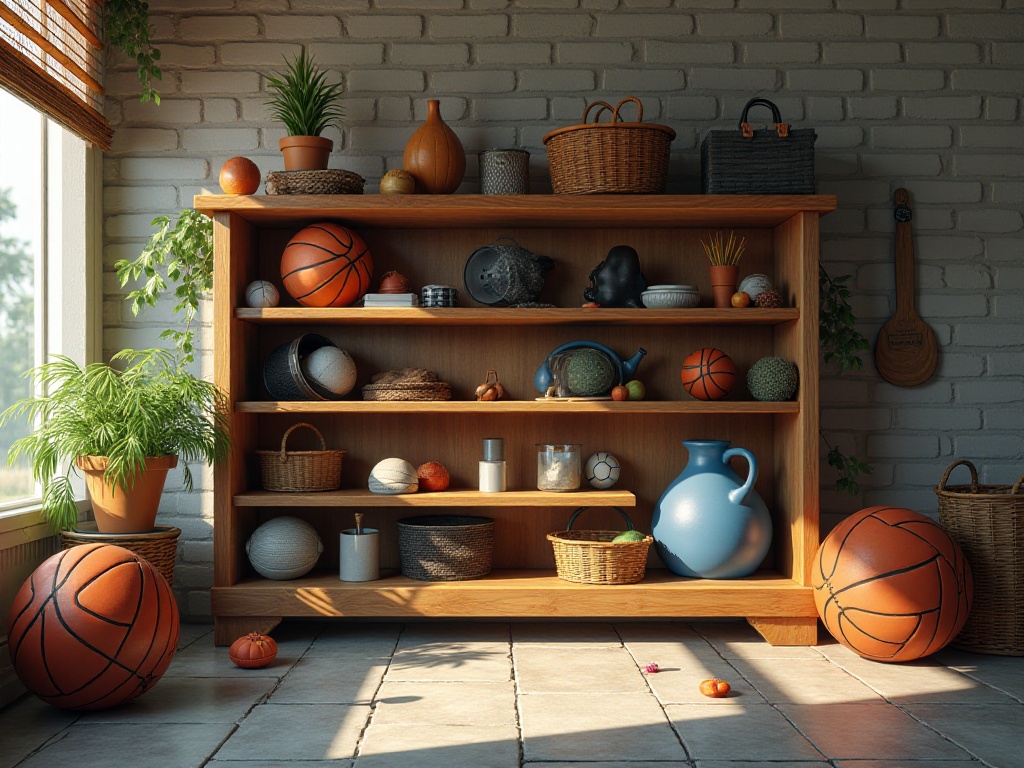
Car Storage
When discussing sports equipment storage, we can't ignore car storage. I used to encounter really awkward situations: I'd arrange to play sports with friends, only to realize halfway there that I'd left my racket at home; sometimes after working out, I'd just throw equipment into the trunk, and the next time I opened it, it was a complete disaster.
Later, I put a super practical folding storage box in my car, which solved this problem completely. The best thing about this storage box is that its size can be adjusted according to needs, and it's very sturdy. When I play ball sports, I fully expand it to fit rackets, balls, and towels. When not in use, it folds up and takes almost no space.
The storage box has several compartments, allowing me to separate clean change of clothes from used equipment, so I don't have to worry about clothes picking up sweat odors. The bottom is also waterproofed, so I don't have to worry about storing damp items.
Indoor Storage
Regarding indoor storage, I've got some great insights to share. I have a set of drawers in my bedroom that's a treasure trove of space. I keep all my sportswear, protective gear, and small items here, using bamboo dividers to separate the drawer into different zones.
I organize workout clothes by season and type, keeping summer tank tops and shorts together, and fall/winter long sleeves and pants together. Protective gear is organized by sport, with yoga knee pads and sports wristbands all properly categorized. I've labeled each area, making everything easy to find without having to dig around like before.
Fixed Systems
Wall Utilization
Honestly, I think wall storage is the most practical storage method. I dedicated one wall at home and installed an awesome hook system. This wall has become my sports equipment display wall, with various balls and rackets hanging neatly, looking really stylish.
Here's an important tip I want to share: the height arrangement of hooks matters. Here's how I designed it: equipment I use weekly, like my tennis racket, hangs within easy reach; less frequently used items can go higher up. This is both practical and aesthetically pleasing.
But I must especially remind everyone to be serious about choosing hooks. I once bought cheap hooks to save money, and one day my tennis racket suddenly fell, not only damaging the racket but also leaving a scratch on the floor. So you must choose hooks that are strong and reliable.
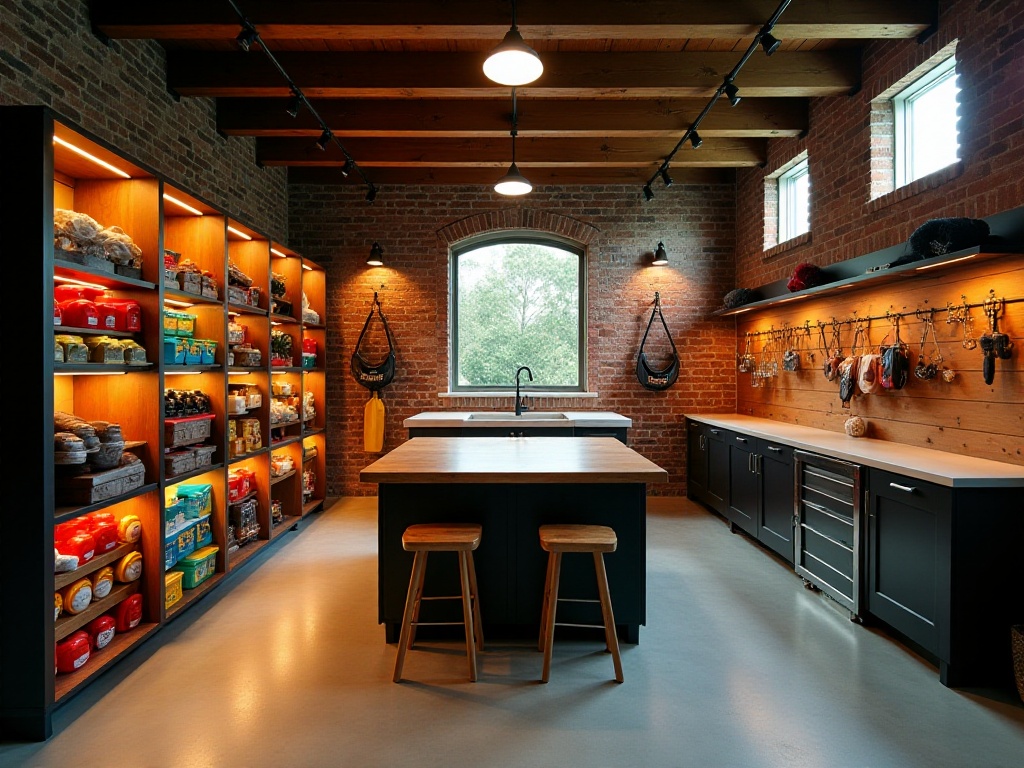
Vertical Storage
If you have enough space at home, I strongly recommend trying a vertical storage tower. I use a four-tier storage tower, and the design is absolutely brilliant. On the bottom tier, I keep dumbbells and kettlebells, which provides great stability. The second tier holds yoga mats and blocks - the bulkier items. The third tier is for various balls, and the top tier holds protective gear and small accessories.
I've labeled each tier and put a location diagram on the wall next to the tower, so even guests can easily find the equipment they need. Each tier has some reserved space, so there's no worry about where to put new equipment in the future.

Maintenance
Daily Care
Storage is just the first step; daily maintenance and care are also crucial for keeping sports equipment in good condition. I've developed a good habit: after every workout, I wipe down equipment with special sports equipment cleaning wipes, especially protective gear that comes into contact with sweat.
For example, I clean my yoga mat with mild cleanser after each use and let it air dry in a ventilated area. Same with tennis rackets - they must be wiped clean with a soft towel after playing, not just put away directly. These small details might seem troublesome but really help extend equipment life.
Deep Maintenance
Besides daily care, I do a deep maintenance of all sports equipment monthly. Though time-consuming, it's definitely worth it. For example, with yoga mats, I use professional yoga mat cleaner to thoroughly clean from top to bottom, then air it out on the balcony for a whole day, which not only removes odors but maintains good grip.
Tennis racket maintenance is also important. I regularly check string tension and replace grips when needed to maintain good feel during play. Dumbbells and kettlebells need regular rust removal and oiling to prevent rust from affecting use.

Practical Advice
Through practice, I've summarized some particularly useful tips that I hope will help everyone:
First, always measure dimensions before buying storage items. I made a big mistake before - I saw a cool-looking storage cabinet and bought it without thinking, only to find it couldn't fit my skateboard. That was a real lesson. Now I always measure first, then shop for suitable storage items.
Second, try to choose transparent storage boxes. This is super important! While opaque boxes might look more aesthetically pleasing, they're really inconvenient to use. I now use transparent boxes so I can see what's inside at a glance, without having to open each one to find things.
Third, always leave expansion space in your storage system. Sports equipment tends to accumulate unconsciously. Today you might want a new yoga mat, tomorrow a new jump rope - if storage space is planned too tightly, it becomes really troublesome later. My principle now is: when planning storage space, leave at least 30% for expansion.
Fourth, maintain a good labeling system. Now all my storage boxes, drawers, and compartments have clear labels, and I use erasable labels for easy adjustment. This makes it convenient not only for me but also for family members to find needed equipment.
Storage Mistakes
The biggest storage mistake is hoarding. I have many friends whose homes are full of broken or long-unused sports equipment, and when asked why they don't get rid of it, they always say "might need it later."
But actually, this idle equipment not only takes up lots of space but makes the entire storage system chaotic. Now I do a major clean-out of all sports equipment every three months - equipment unused for over six months either gets given to friends who need it or disposed of.
Another common mistake is over-storage. Some people stuff everything into storage boxes pursuing "neatness." Actually, some frequently used equipment can be stored openly, making it both convenient to access and decorative.
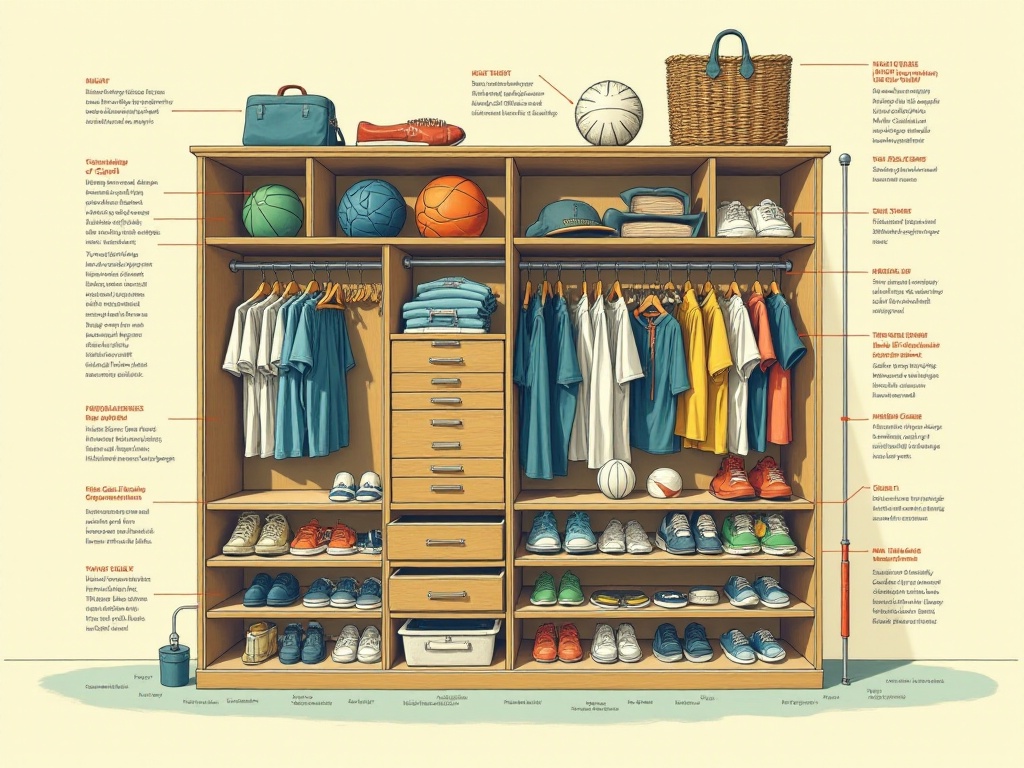
Conclusion
A reasonable storage system not only keeps your home neat and orderly but more importantly inspires exercise motivation. Every time I see my sports equipment neatly arranged, I feel especially motivated to exercise. Now my room is not only clean and tidy but full of sporty atmosphere - it feels great coming home every day.
Actually, storage is about finding methods that suit yourself. Everyone has different living habits and exercise preferences, so storage methods naturally can't be completely copied from others. I hope my sharing gives you some inspiration to find your perfect storage solution.
By the way, do you have any unique storage methods? Or have you encountered any special problems during storage? Feel free to share in the comments - maybe your experience could help others! Let's create neat and orderly exercise spaces together!


